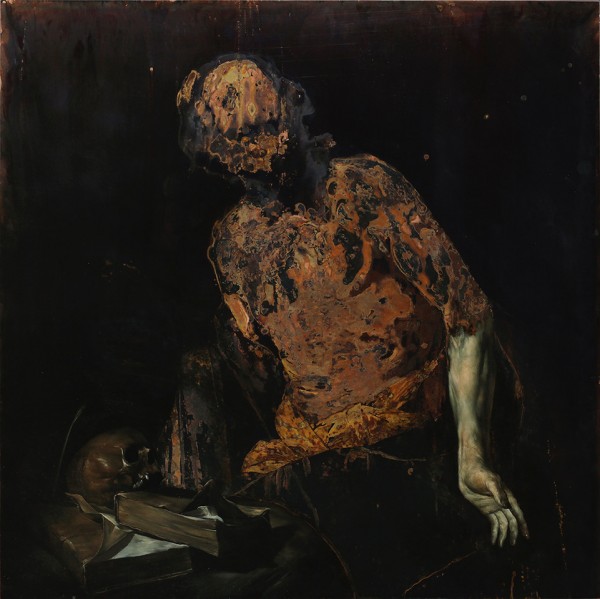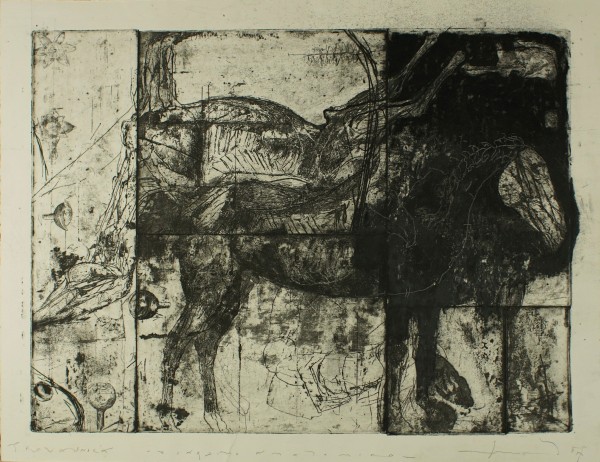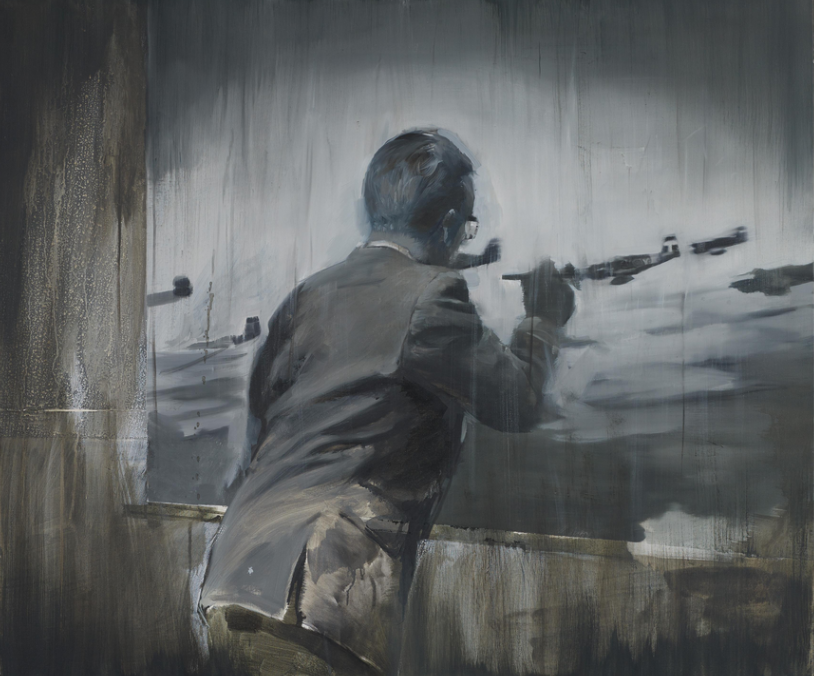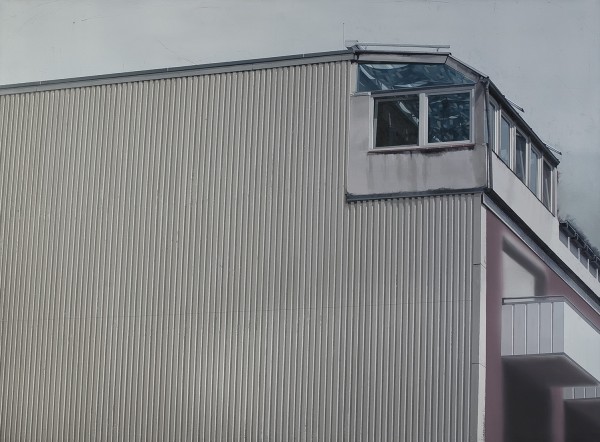![]()
Established in 2017 by Uwe Goldenstein
Choriner Strasse 49 | 10435 Berlin
VAT ID: DE 815250803 | info(at)selected-artists.com

Nicola Samorì, Blend (L’indiano), 2023, oil on wood, 30 x 20cm

Nicola Samorì, Lode della lingua, 2017, oil on copper, 100 x 100cm

Nicola Samorì, Against the Orrery, 2016
fresco, 200 x 100cm

Nicola Samorì, L’Imperterrito, 2013, oil on wood, 100 x 100cm

Nicola Samorì, Jan’s Horizon, 2013, oil on bakelite, 28 x 68cm

Nicola Samorì, La Spada, 2012, oil on wood, 200 x 150cm
See here the peeling down action of “La Spada” (min. 2:57)
from “Studio Visit – Alberto Mattia Martini incontra Nicola Samorì”

Nicola Samorì, Leprosario, 2013, oil on wood, 90 x 75cm

Nicola Samorì, Giardino anatomico, 2007, mixed media on paper
39 x 52cm

Adam Magyar, Stainless A 13316 (Paris), 2011, silver gelatin print, framed
80 x 168cm, #3/6

Radu Belcin, Seeking Justice, 2011, oil on linen, 80 x 100cm

Radu Belcin, Flowing Memories, 2016, oil on linen, 115 x 143,5cm

Radu Belcin, Metamorphosis I, 2019, oil on wood, 40 x 30cm

Radu Belcin, Metamorphosis II, 2019, oil on wood, 40 x 30cm

Radu Belcin, Changes I, 2019, oil on linen, 114 x 142cm

Radu Belcin, Constructing Shadows, 2016, oil on linen, 80 x 100cm

Alexander Tinei, Game, 2010, oil on canvas, 120 x 100cm
Published in: “Vitamin P2”, Phaidon 2011

Alexander Tinei, Dream, 2012, oil on canvas, 31 x 28cm

Daniel Pitín, Gerhard Richter in the Studio, 2006, acrylic on canvas, 100 x 120cm

Adam Bota, Rasterfahndung, 2014, oil on canvas, 170 x 270cm

Rudy Cremonini, Appunti, 2012, oil on canvas, 68 x 68cm

Daniel Behrendt, Secret Places, 2010, oil on canvas, 140 x 190cm

Heiner Altmeppen, Felsnadeln im Mondlicht I, 2015, acrylic on paper
mounted on wood, 15 x 15cm

Heiner Altmeppen, Felsnadeln im Mondlicht II, 2017, acrylic on paper
mounted on wood, 15x15cm

Attila Szücs, Preparing for Darkness, 2015, oil on canvas, 190 x 140cm

Horst Waigel, Bert After Munch (van Gogh Version), 2011, oil on canvas, 44 x 42cm
Preparing for Darkness or The Spirit of the Melancholic Resistance
Black is the color of melancholy. It emerges from darkness and the accompanying dejection if it shows signs, endowed with the feverish dreams of an inflamed phantasy. If melancholy is said to affect the delicate tissues of the brain, it could also be stated, that it frees the imagination of its usual limits.
What is considered a diminution of the field of thought and the field of vision, is revealed in a dialectical twist. The melancholic state leaves behind it a shadow with which it maintains a connection as a bygone picture. The shadow play reveals as a character piece of a mirror image world, which absolves itself from meaning and becomes a void. This creates space for the imagination which results in configurations of a traversed blindness that render those lucid colours possible that are the blips along the paths through black nights of being. These are condensed into counter-images, which, like the impulse of the melancholic gaze, owe themselves to a reflective vision. The Selected Artists Collection and the exhbition series “Preparing for Darkness” corresponds exactly to the spirit of the melancholic resistance which still enables us to survive today.
Schwarz ist die Farbe der Melancholie. Sie entwächst dann der Dunkelheit und der sie begleitenden Schwermut, wenn sie Zeichen gibt, ausgestattet mit den Fieberträumen einer entzündeten Phantasie. Wurde der Melancholie nachgesagt, dass sie die zarten Gewebe des Gehirns angreife so konnte auch festgestellt werden, dass sie die Einbildungskraft aus ihren gewöhnlichen Grenzen befreit.
Was als Eintrübung des Denk- und Sehfeldes gilt, setzt sich in einer dialektischen Wendung frei. Der melancholische Zustand lässt den Schatten hinter sich, dem er zugleich verhaftet bleibt, als vergangenes Bild. Entblößt wird das Schattenspiel als Zeichentheater einer eingespiegelten Bilderwelt, die sich einer Bedeutung selbst enthebt und zur Leerstelle wird. Diese öffnet den Raum für Imaginationen. Daraus entstehen Konfigurationen einer durchschrittenen Verblendung, die erst jene Farbklarheiten ermöglichen, die auf den Wegen durch schwarze Nächte des Befindens Leuchtzeichen sind. Diese verdichten sich zu Gegenbildern, die sich als Impuls des melancholischen Blicks einem reflektierenden Sehen verdanken. Die Selected Artists Collection und die mit ihr verbundene Ausstellungsreihe „Preparing for Darkness“ trifft dementsprechend genau den Geist einer melancholischen Widerständigkeit, der uns heute noch das Überleben ermöglicht.
